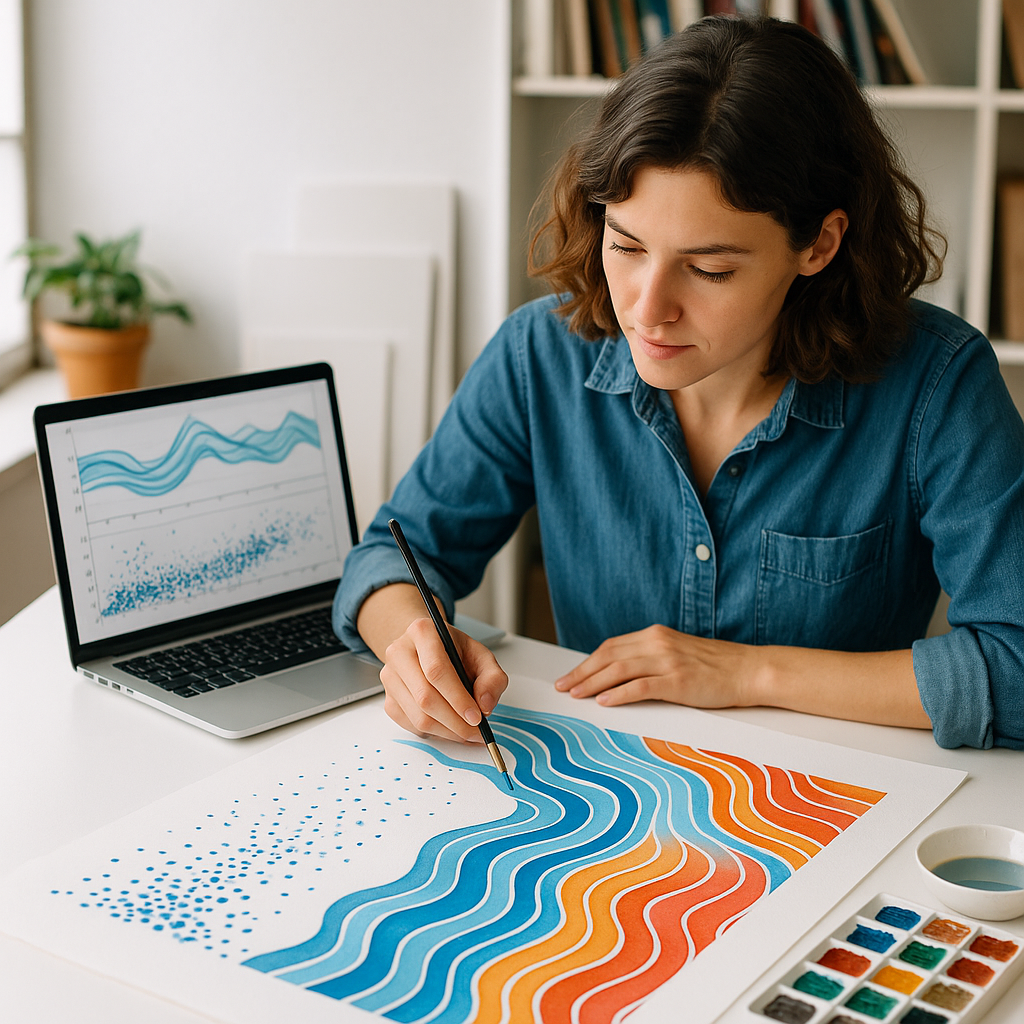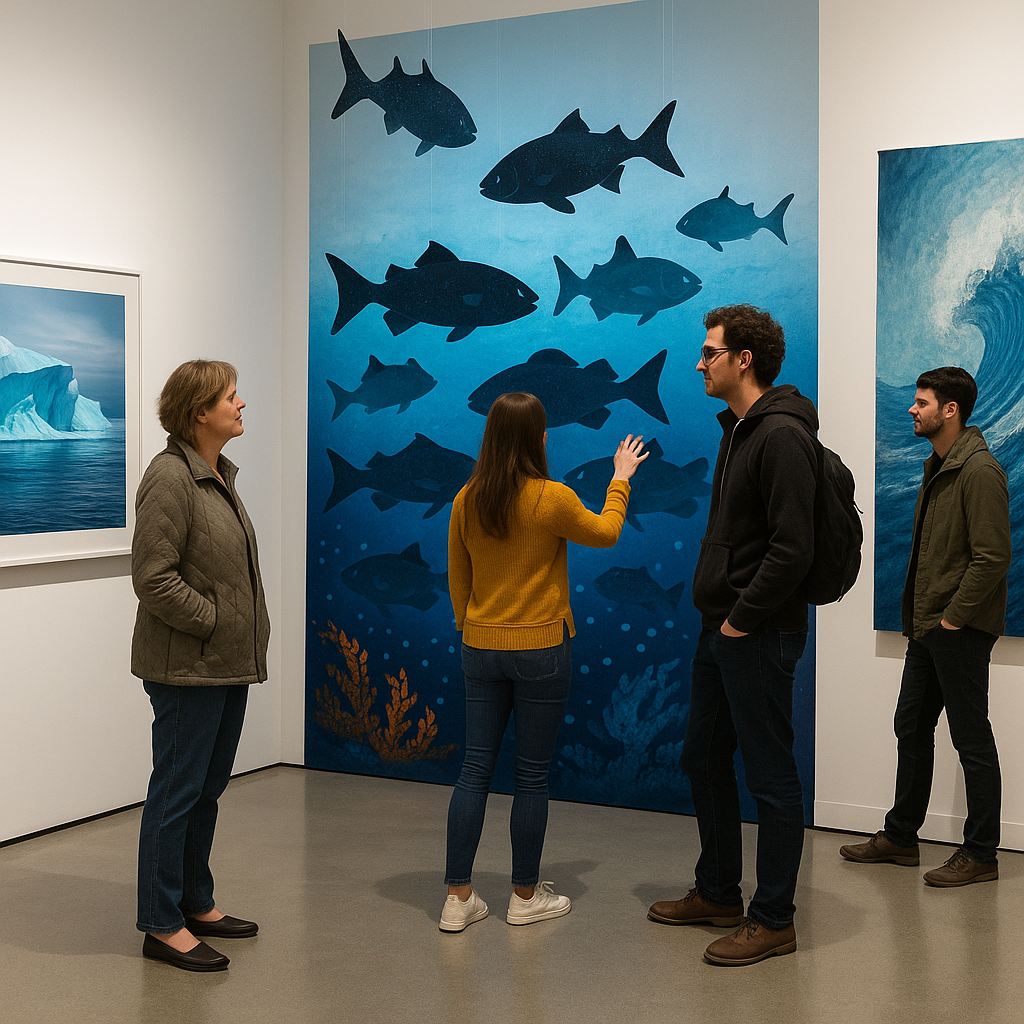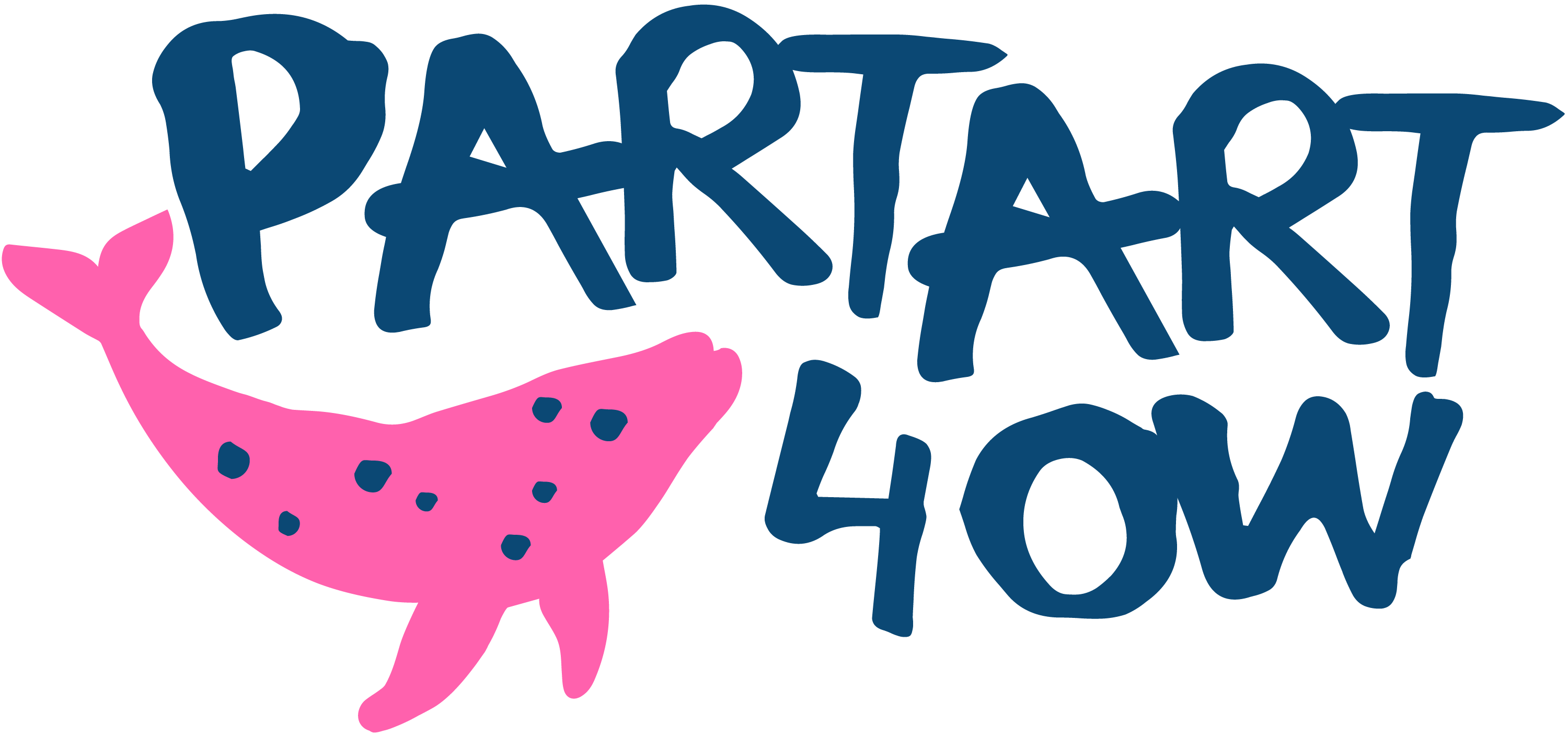
In an era of mounting environmental challenges, innovative solutions often arise when distinct disciplines join forces. Among these powerful alliances, the collaboration between art and science stands out as particularly transformative. Art possesses a unique ability to bridge divides, humanize complex data, and spark emotional connections—essential ingredients for driving awareness and action on global issues like ocean degradation and freshwater ecosystem decline.
The Power of Art-Science Partnerships
The growing trend of art-science collaborations offers fertile ground where scientists and artists transcend traditional silos. In these creative partnerships, both fields experience mutual learning: scientists gain new lenses to interpret and communicate their findings, while artists integrate cutting-edge knowledge into their creative processes.
By working together, they cultivate fresh narratives that make intricate scientific concepts more accessible and compelling to broader audiences. This fusion not only enhances public understanding but also often reshapes how researchers perceive their own work—pushing them to think beyond raw data toward its cultural, emotional, and ethical dimensions.
How Artists Transform Scientific Insight
Artist-scientist collaborations frequently help visualize and humanize scientific information. Artists can turn complex datasets into immersive experiences, intuitive visuals, or emotionally resonant installations. In doing so, they refine how scientists communicate with non-expert audiences, challenging them to highlight the human stakes of their discoveries.

At the same time, artists find rich inspiration in scientific frontiers. Insights from oceanography, biology, and climate science feed their creative imaginations, leading to artworks that are deeply informed yet captivatingly abstract or symbolic. The result is often a more profound, personal connection between society and the environment.
Inspiring Examples of Art-Science Synergy
One remarkable initiative is the National Oceanic and Atmospheric Administration (NOAA)’s artist-in-residence program. Through this initiative, artists collaborate directly with marine biologists and oceanographers to translate research into powerful works of art. Their output—ranging from photography to large-scale immersive installations—both communicates complex ideas and evokes emotional responses that motivate public engagement.

Another compelling example is Rebecca Rutstein’s “Deep Sea Mappings”. Partnering with marine geologists, Rutstein created vivid artworks that visualize underwater topography—bringing the mysterious and largely unseen worlds of the ocean depths to life. Her pieces not only educate but also inspire awe and curiosity about Earth’s last frontiers.
Explore Rebecca Rutstein's work here.
Similarly, the Cape Farewell Project in Europe gathers artists, writers, and scientists to tackle climate change through creative expression. By producing emotionally charged works that translate scientific findings into relatable narratives, the project fosters greater public understanding of environmental science and the urgent need for action.
See more about Cape Farewell’s work here.
The Broader Impact: Building a Culture of Collaboration

These examples show how blending art and science doesn't merely communicate environmental issues—it reframes them, building a cultural movement where empathy, knowledge, and creativity intersect. Through cross-disciplinary collaboration, we can foster a more connected, innovative, and effective response to the urgent threats facing our oceans and freshwater ecosystems.
Encouraging such alliances enriches both fields and gives society powerful new tools to imagine—and create—a more sustainable future.
